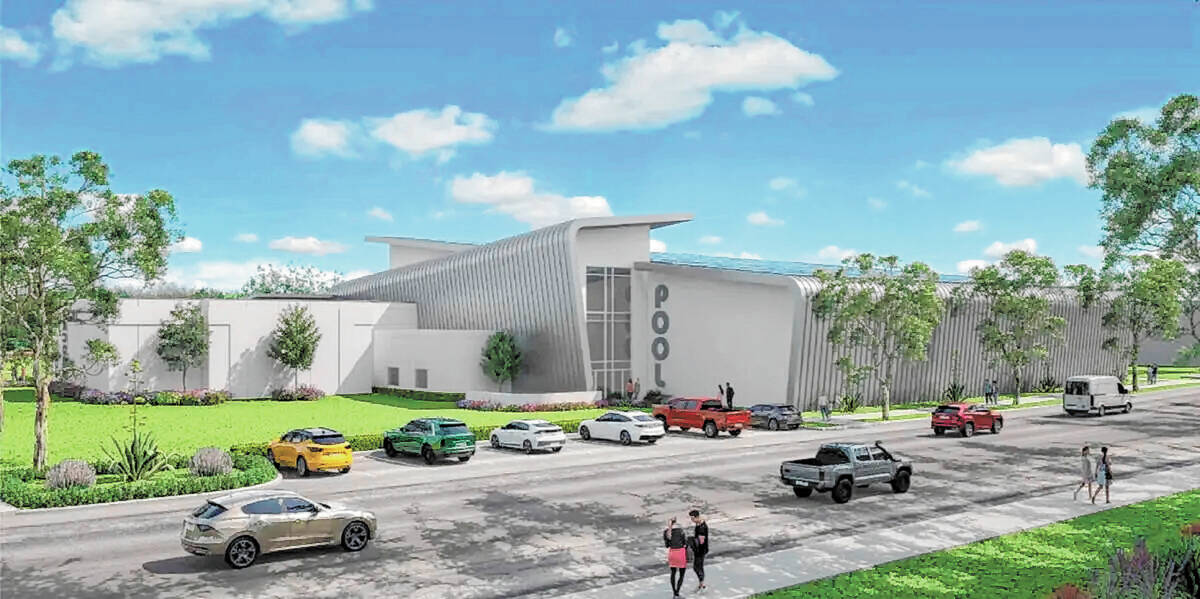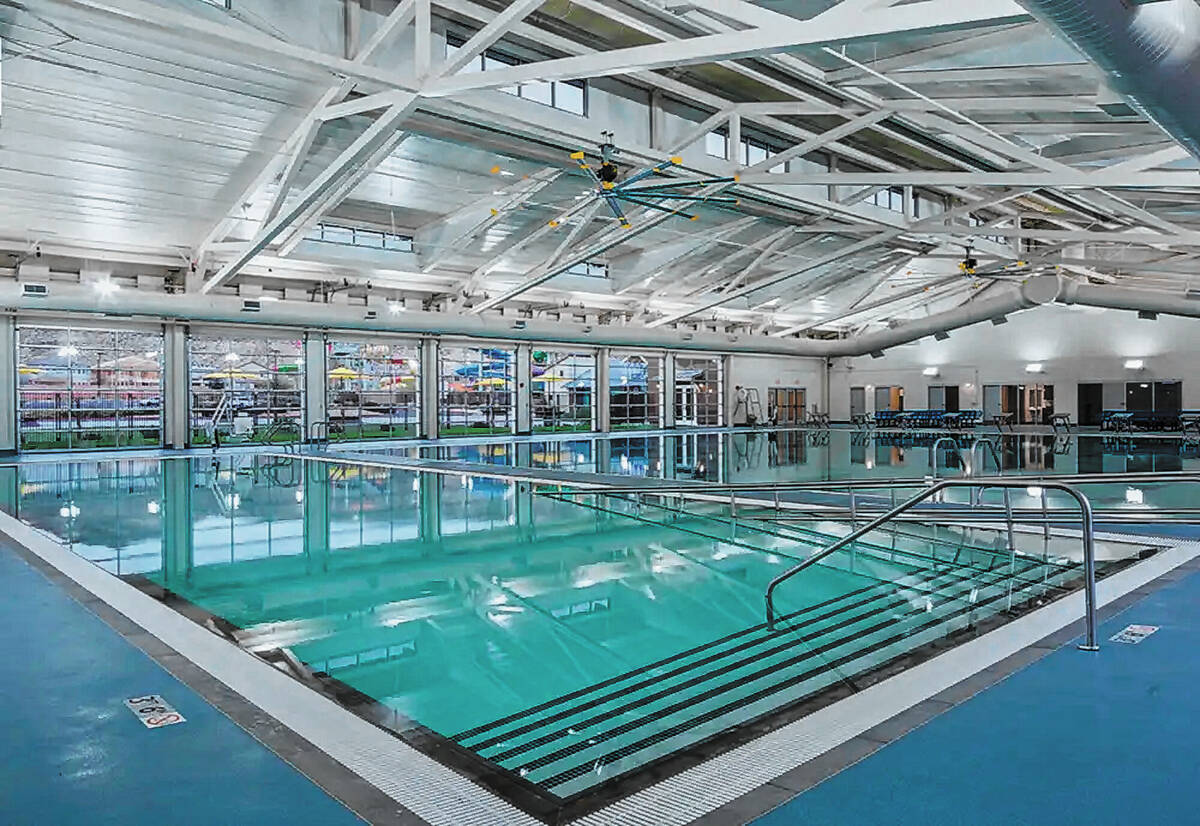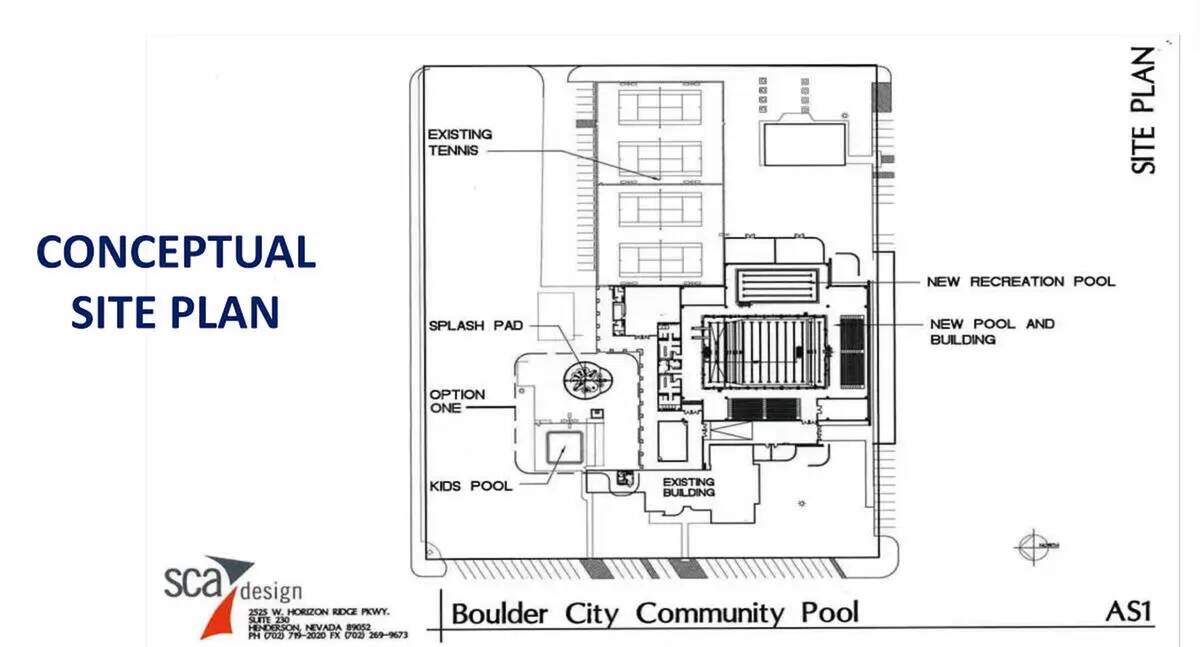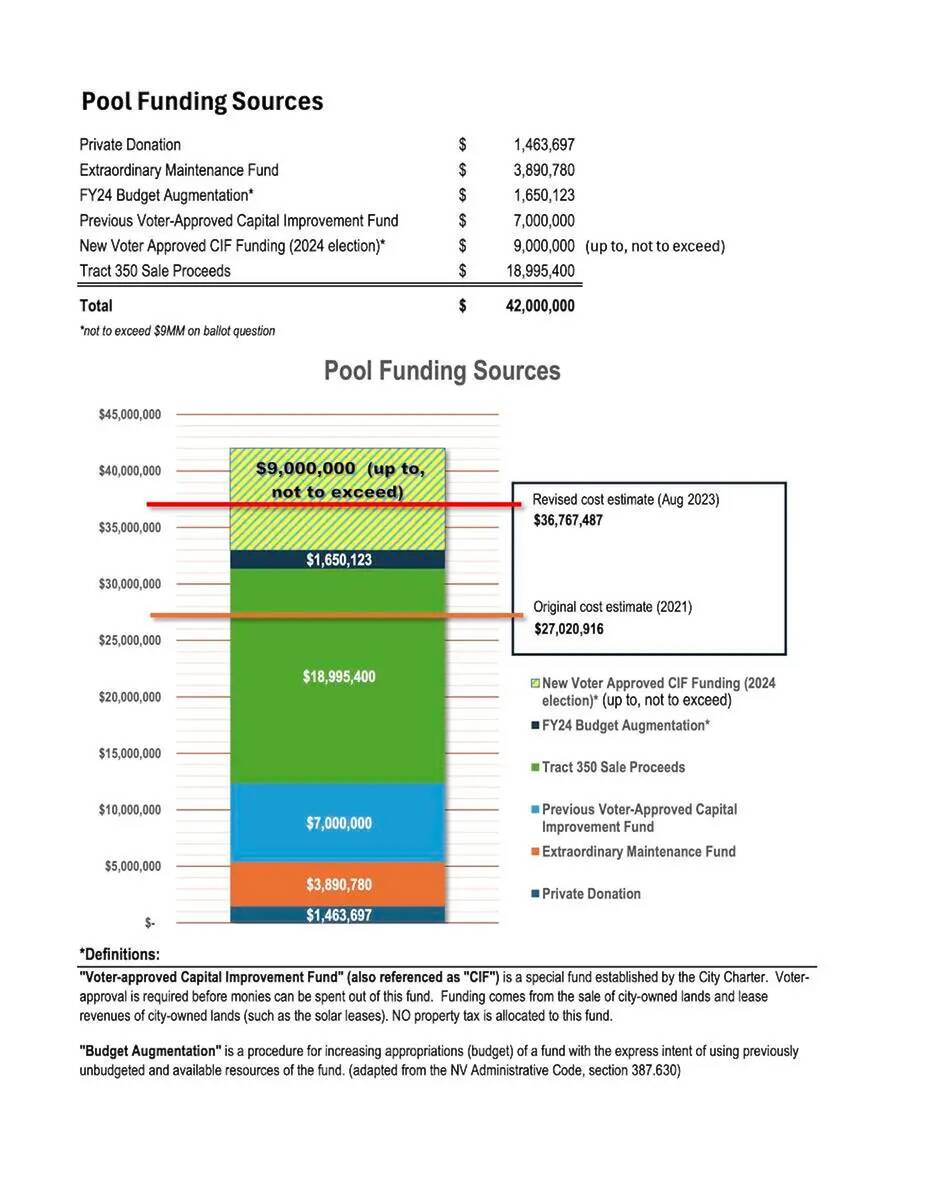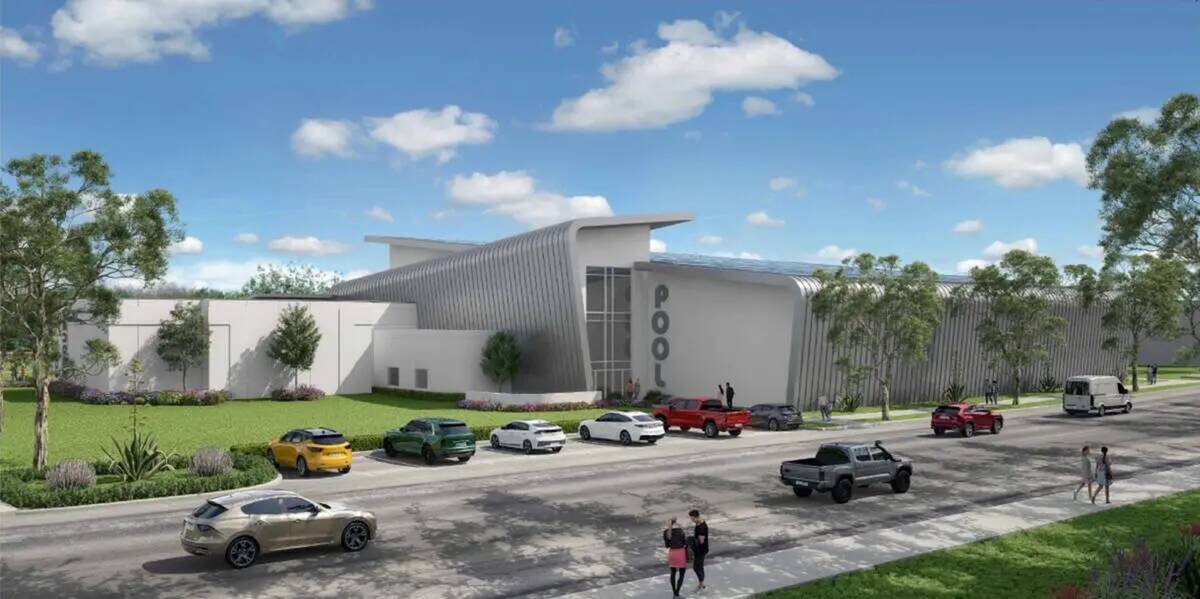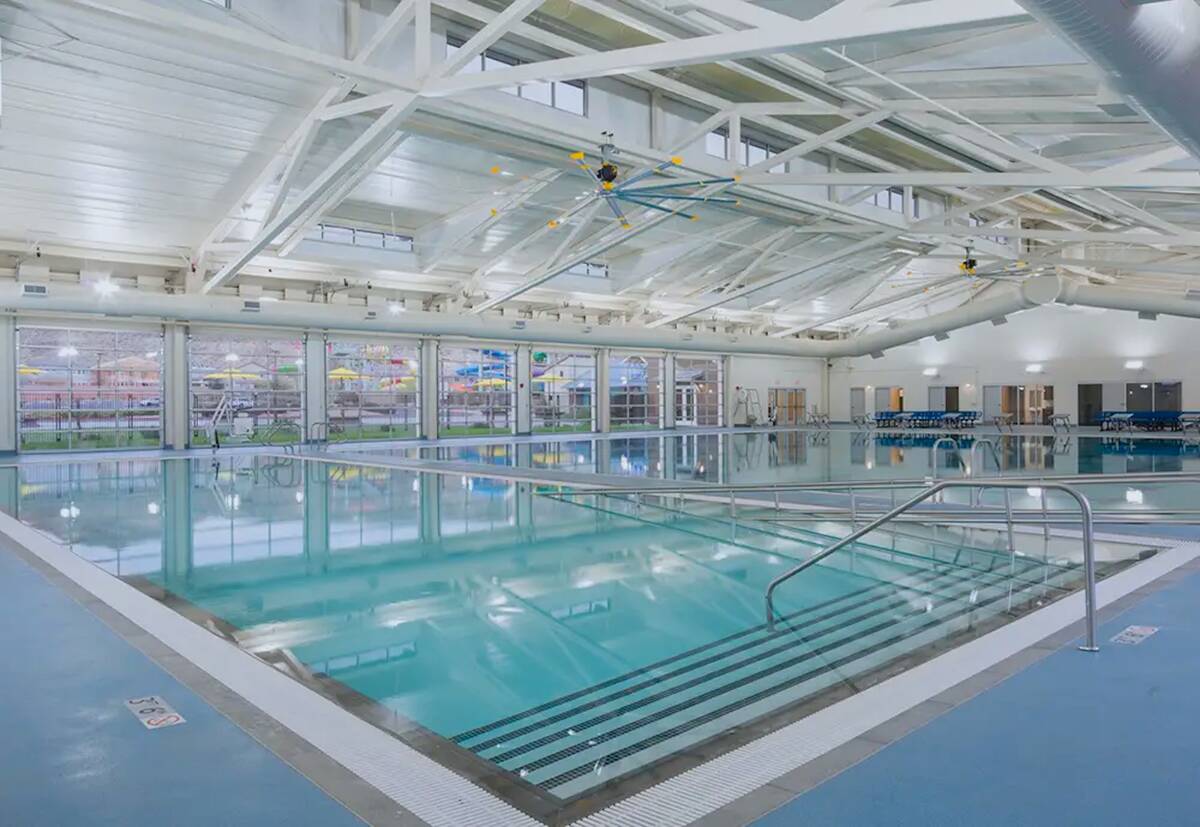City awards $1.6M for pool design
Back in March 2024, Councilwoman Sherri Jorgensen said, “I can’t even imagine what it would cost in 2028.”
She said this after a design firm updated their original cost estimate of $27 million to replace the aging city pool with a new, 36% higher price tag of $37 million. While inflation has cooled substantially in 2025, nearly everything is still more expensive than it was almost a year and a half ago when those words were published.
By September 2024, the last time costs were really discussed, the price tag had risen to north of $40 million and, according to former city manager Taylour Tedder, speaking to the council in March of 2024, could end up as high as $44 million.
And it looks like the city is about to find out just what the pool will cost in 2028 as the timeline keeps getting pushed back and now stands at design and permitting to be finished by the summer of 2026 with an 18-month construction period to follow. In other words, in early-to-mid 2028.
That was the estimate offered by VCBO Architecture just before the council voted unanimously to approve a contract in the amount of $1.6 million with the firm for final design of the project.
Pablo Gotay, of VCBO, reported that the firm has been in business for more than 50 years and has been designing pools and aquatic centers for most of that time.
“We’ve done play pools, we’ve done competition pools, we’ve done leisure pools,” he said.
Given other issues in Boulder City recently (most obviously the reconfiguration of Nevada Way to bring the sidewalks into Americans with Disabilities Act compliance while also providing for outdoor dining) it would be expected that ADA access would be on the council’s collective mind.
“ADA is standard,” Gotay reported after a question by Councilwoman Cokie Booth. “And we will have at minimum a walk-in place for any ADA person, elderly, whatever reason, there will be a walk-in point. Some pools do have a zero entry for a prolonged distance. We have discussed that it is a possibility but obviously we haven’t even started the design yet so we don’t know how that would be integrated, but at minimum there will be an ADA walk-in point.”
“Can you do a lift instead?’ asked Councilman Steve Walton.
“You could do a lift,” Gotay replied. “There’s obviously maintenance associated with that. There’s, you know, operation. Who’s going to run the lift? Somebody’s got to observe the lift. So, there’s different reasons for doing lifts versus a walk-in, but both are possible and both comply with ADA requirements.”
Originally envisioned as a facility with a 35-meter competition pool by an ad-hoc city commission on pool design, the plan was scaled back in 2021 to a 25-meter wide, 25-yard length, 10-lap pool in order to save, at that point, more than $600,000. The facility would also have a shallower “programming” pool used for activities such as water aerobics and swim lessons.
There are multiple facilities with those specs in Las Vegas that are run by Clark County Parks and Recreation staff including the most recent, Aquatic Springs in the southwest portion of the valley, which opened in 2017 and sports the same specs for the pools themselves. When queried on the cost of Aquatic Springs, county sources were unsure as the facility was “gifted” to the county by the Howard Hughes Corporation, which wanted to build a water park on the land. They got to build the water park (originally opened in 2018 as Wet ‘n’ Wild and now known as Cowabunga Canyon) and the county got an aquatic center.
Those who have been following the pool issue for a few years may remember that one design firm was already contracted by the city. SCA Designs was contracted and paid by the city to do basic design and a cost estimate. VCBO will now take that info as well as the desires of the ad-hoc committee into account to do the final design and permitting required for the project to begin. Gotay reported that process would begin soon.
“The goal would be to do the design in nine to 12 months, hopefully toward the nine months and then the construction should take approximately 18 months on top of that,” Gotay said. “So let’s say, conservatively, you’re about 30 months out from having your new pool structure constructed and hopefully the first divers jumping in.”
Jorgensen asked how long the current pool would be open before demoliti0n began.
“Our goal is to keep the existing pool in service as long as possible,” Gotay replied. “At least nine months. The design period might get expanded. There also is going to be bidding and permitting. So there might be a few extra months. I would assume it’s going to be open for approximately another year.”
Councilwoman Denise Ashurst asked about “standard requests for athletes that require special details when it comes to pools.”
Gotay reported that the facility would include a competition pool.
“The potential size for your pool would be a 25-meter by 25-yard pool,” he said. “And the reason you do that is because some meets are measured in meters and some are in yards. So it really sounds like it’s a basically a square pool, but it’s very different in the timing of competitions. So, little things like that, knowledge that a competition pool should be at least five feet deep so that somebody can do a flip turn on one end. The ramifications of what happens when the pool is deeper versus shallower. All those things will be taken into account to make sure that we give you the ideal competition pool.”
NCAA rules for “short course” pool (i.e., not Olympic-size, which are 5o-meters long with 9-foot-wide lanes) calls for a minimum depth of seven feet.
The biggest controversy about the pool has not been about the need to replace the current one, which is more than 40 years old and that was built on top of the same site as an earlier municipal pool. It’s always been about the cost. As currently planned, private donations totaling almost $1.5 million will be augmented by $3.8 million from the city’s extraordinary maintenance fund, $1.65 million from the 2024 budget that was never spent, nearly $19 million from the sale of Tract 350 to Toll Brothers, as well as a total of up to $16 million that voters have approved to be spent from the Capital Improvement Fund.
“I hope to see you back again,” Ashurst said at the end of her questions.
“I hope so, too,” Gotay replied. “Otherwise, something’s gone really wrong.”


